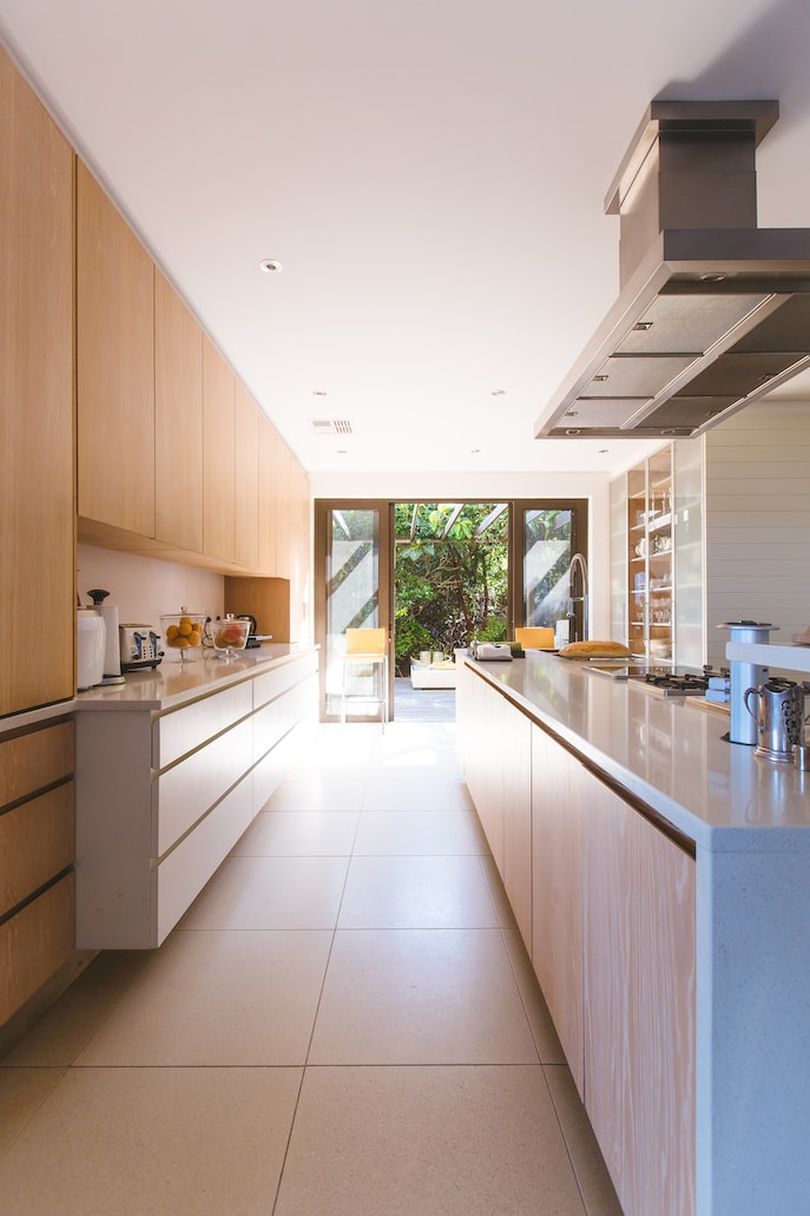A Full Property Inspection Checklist For Your New Home
Buying a new home is an exciting yet daunting experience, and doing everything you can to ensure the property is in good condition before you take ownership is essential. Here we’ll discuss the key points to consider when it comes to making sure your new home is safe and sound – from roof inspections to plumbing checks – so that you can make a fully informed decision when buying your next property.

What is a Property Inspection?
A property inspection is an objective evaluation of a home’s condition. It is performed by a qualified inspector who will examine the home’s structure, systems, and components. The inspection report will identify any existing or potential problems that may need to be addressed.
A property inspection can be conducted for a variety of reasons, but it is most commonly done prior to the purchase of a home. The buyer’s agent will typically arrange for the inspection to be performed after the offer has been accepted. The results of the inspection can then be used to negotiate repairs or concessions from the seller.
In some cases, a property inspection may also be required by lenders in order to obtain financing for the purchase. Additionally, many homeowners choose to have an annual or bi-annual inspection performed as part of their preventative maintenance plan.
When you yourself are conducting a property inspection, you should look out for any issues with the structure of the home, such as foundational problems or water damage. It is also important to check for pests and other signs of infestation. Additionally, make sure to inspect the plumbing, HVAC system, and electrical systems for any signs of trouble. Finally, it’s a good idea to check for code violations or other safety issues.
What an Inspector will Look For?
As a potential homebuyer, you should always attend the property inspection. This is your chance to get a professional assessment of the condition of the home before you finalize the purchase. The inspector will look for cracks, settling, or other damage to the foundation. This is important because foundation problems can be expensive to repair.
The inspector will also look for signs of leaks, missing shingles, or other damage. This is important because a new roof can be expensive, and you don’t want to move into a home with a roof that needs to be replaced soon.
They will check for outdated wiring, overloaded circuits, and other potential problems. This is important because electrical problems can be dangerous and expensive to repair. If you’re looking for electrician services in Singapore, for example, start by asking your inspector for a recommendation. The inspector will also check the condition of windows, doors, and other areas of the home for any issues.
Exterior of the Home
-The roof should be in good condition with no loose or missing shingles.
-The gutters and downspouts should be clear of debris and properly attached to the house.
-The windows should open and close easily and have no cracks or broken glass.
-The doors should open and close smoothly and have no gaps around them.
-The foundation should be level and free of cracks.
-The siding should be in good condition with no gaps or missing pieces.
Interior of the Home
An interior home inspection is just as important as an exterior one. Here is a full checklist of what to look for:
-Walls, ceilings, and floors: look for cracks, water damage, or other signs of wear and tear.
-Electrical system: test all outlets and light fixtures. Check the fuse box or breaker panel for any signs of damage.
-Heating and cooling system: make sure the furnace, air conditioner, and any other ventilation system are in good working order.
-Plumbing: check under sinks for leaks, flush all toilets, and run all faucets to check the water pressure.
Structural Items in the Home
Your home’s structure includes everything from the foundation to the framing to the roof. Here’s a list of structural items you should have inspected during a home inspection:
Foundation: Inspect for cracks, settling, or other damage.
Framing: Look for rot, termite damage, or other issues.
Roof: Check for leaks, missing shingles, or other problems.
Gutters and downspouts: Make sure they are properly installed and functioning.
Siding and trim: Inspect for damage or wear and tear.

We hope that this property inspection checklist has given you a better understanding of the process and what should be included in an inspection. A thorough home inspection can save you time, money, and hassle down the road by uncovering any potential problems with your new home before they become larger issues. If you’re looking for peace of mind when purchasing a new home, then make sure to keep this checklist close at hand during your next property inspection.
